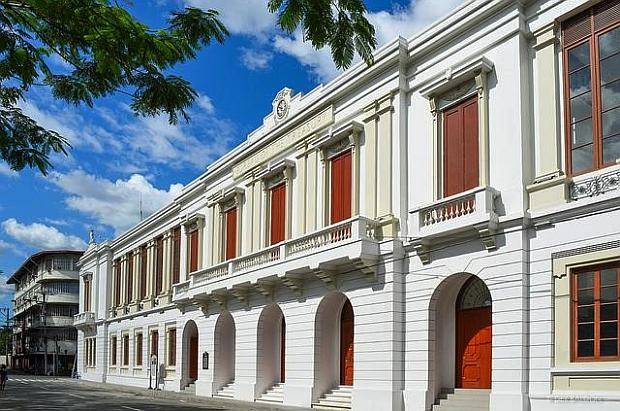BSP hikes dollar deficit forecast on trade woes, weaker tourism

The Philippines may post a wider dollar deficit this year than earlier expected, as slowing global demand, weaker commodity prices and cooling domestic growth weigh on trade and tourism flows.
The Bangko Sentral ng Pilipinas (BSP) said on Friday that the country’s balance of payments (BOP) would likely swing to a $6.9-billion deficit in 2025, larger than its earlier $6.3-billion estimate.
The BOP, which tracks all foreign exchange inflows and outflows, has been largely negative this year. But it shifted to a surplus of $359 million in August, marking one of the few months when dollar inflows outpaced outflows.
Despite that reprieve, the central bank projected the overall position would stay in deficit through 2026, citing “sustained pressures on the current account.” But the gap was forecast to narrow to $3.4 billion next year.
“Infrastructure investments, potential trade diversion, and efforts to diversify export and import partners may help cushion external shocks,” the BSP said.
“However, structural constraints, such as logistical inefficiencies, skills mismatches, and elevated input costs, continue to weigh on export competitiveness,” it added.
Fresh central bank estimates showed the current account balance—the broadest measure of trade because it includes investments—would post a deficit of $16.4 billion in 2025, equivalent to 3.3 percent of gross domestic product.
Broken down, goods exports were seen growing by 1 percent to $55.6 billion, while imports were seen rising by the same pace to $125.2 billion.
Services exports, meanwhile, would grow by 2 percent, a less optimistic outlook than the previous prediction of 6-percent growth. The downward revision was mainly due to slower growth of 1 percent seen for tourism receipts, from 10 percent before, amid “weakening inbound travel.”
The central bank retained its 5 percent growth outlook for outsourcing revenues but flagged risks from US “reshoring” policies.
Overseas remittances are now projected to grow 3 percent, up slightly from an earlier 2.8 percent forecast, aided by strong labor demand abroad and steady use of formal transfer channels, even as a new US tax on remittances looms.
Lastly, net inflow of foreign direct investments was still expected to reach $7.5 percent, while projected net gain in the country’s bond and equities markets was slightly trimmed to $6.2 billion from $6.8 billion.





















